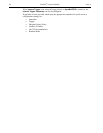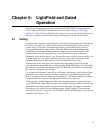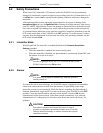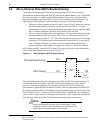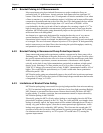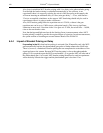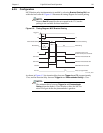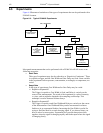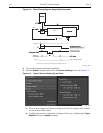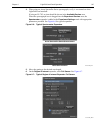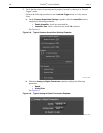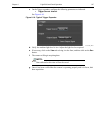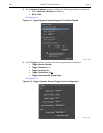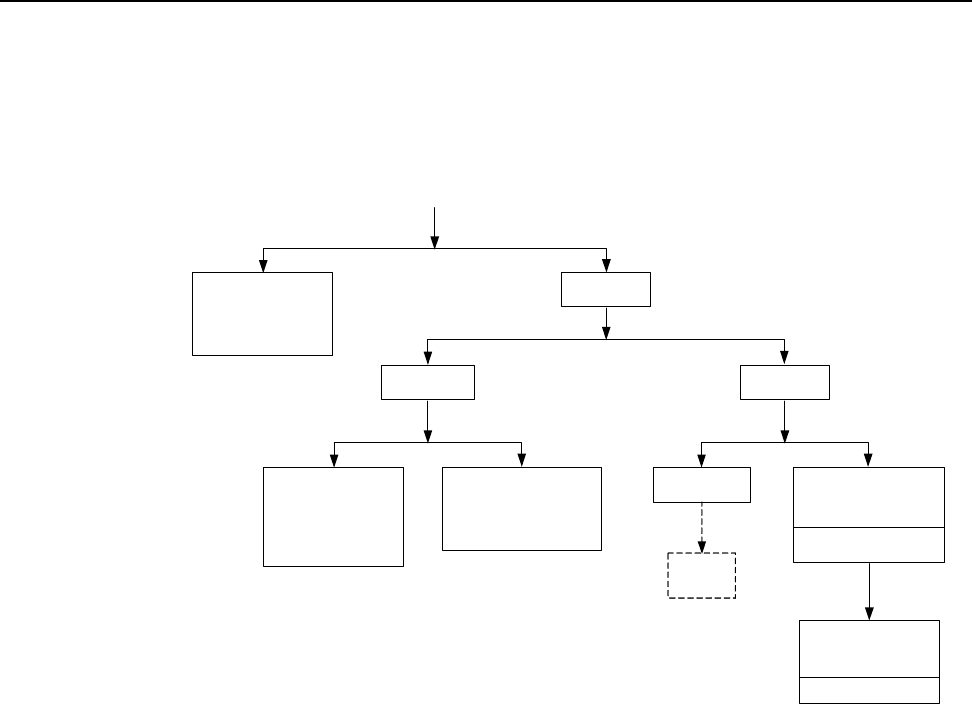
102 PI-MAX
®
4 System Manual Issue 4
6.5 Experiments
Figure 6-3illustrates a breakdown of the types of experiments that can be performed with a
PI-MAX4 camera.
Figure 6-3: Typical PI-MAX4 Experiments
Most gated measurements that can be performed with a PI-MAX4 will fall in one of the
following categories:
• Static Gate
This type of experiment may also be referred to as “Repetitive-Continuous.” There
is a repetitive trigger, and the Gate Width and Gate Delay are fixed. Some variable
in the experiment such as pressure, concentration, wavelength, or temperature, are
varied.
• Swept Gate
In this type of experiment, Gate Width and/or Gate Delay may be varied.
— Repetitive-Sequential 1
The Trigger is repetitive, Gate Width is fixed, and Delay is varied over the
course of the measurement. The result of the experiment is a plot of intensity
vs. time, such as might be obtained with a sampling oscilloscope. This
technique is used to measure lifetime decays.
— Repetitive-Sequential 2
The Trigger is repetitive and Gate Width and Delay are varied over the course
of the measurement. Gate Width and Delay can be incremented in a linear
fashion or in an exponential fashion. Increasing the Gate Width is useful for
trying to find fine detail in a weak decaying signal. If you choose linear, you
have to take a lot more points. Exponential lets you take data points closer
together where the signal is changing rapidly and further apart where the signal
is changing slowly.
All I
CCD
Experiments
Static Gate
fixed
gate width & delay
3
rd
variable
(pressure,
tempterature, b
o
)
Swept Gate
sweep gate delay
sweep gate width
sweep both
(linear or exponential)
Repetitive One Shot
CW
Cooled Photocathode
Photon Starved
Gated
Single Shot
Streak
Camera
Kinetics
Slow (10 ms to 100 ms)
Multiple Spectra
Single Shot
Kinetics
Fast (ns)
F.O. delay array
2 ns to 100 ns
4411-0137_0049



